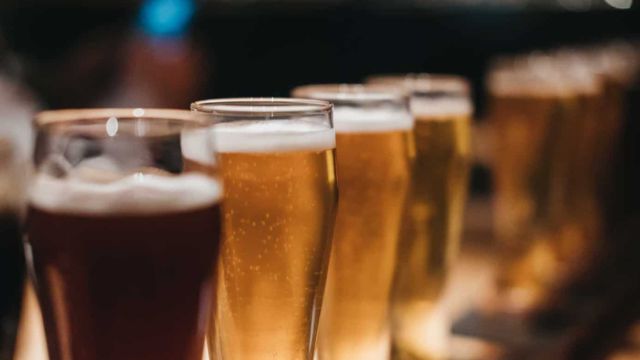In a recent exploration of drinking habits across the United States, Sonoma County, California, has emerged at the forefront of excessive alcohol consumption, according to a comprehensive study. This finding forms part of a broader investigation into the nation’s health patterns, shedding light on the concerning rise of binge and heavy drinking among U.S. adults.
The study, conducted by the University of Wisconsin Population Health Institute, unveils its findings through the annual County Health Rankings and Roadmaps report. Aimed at identifying key health outcomes and disparities, the report meticulously analyzes various factors affecting public health, including the rates of excessive alcohol consumption across different regions.
Utilizing self-reported data from the CDC’s Behavioral Risk Factor Surveillance System, the 2021 report dives deep into the prevalence of binge and heavy drinking behaviors among Americans.
The CDC categorizes both binge and heavy drinking under the umbrella of “excessive” alcohol use, with binge drinking defined as consuming four or more drinks for women and five or more for men on a single occasion. Heavy drinking is quantified as eight or more drinks per week for women and 15 or more for men.
Among the findings, Wisconsin notably reported the highest self-reported excessive drinking rate at 25%, although this marked a slight decrease from the previous year. Following closely were the District of Columbia, Montana, North Dakota, and Iowa, all showcasing significant levels of excessive drinking.
California’s overall excessive drinking rate stood at 17% in 2021, slightly down from the year before. However, Sonoma and San Diego counties notably led the state, each with a 21% rate of self-reported excessive drinking, highlighting localized concerns within the state.
Interestingly, the nationwide analysis revealed a mixed bag of trends, with 19 states reporting a decrease in excessive drinking rates between 2020 and 2021. Nevada experienced the most substantial drop, while Illinois and Rhode Island saw increases in their self-reported rates of excessive drinking.
The report also underscores the universal prevalence of excessive drinking, with at least 10% of adults in every state admitting to such behaviors. Utah reported the lowest rate at 12%, consistent with the previous year, and was followed by Alabama, Oklahoma, West Virginia, and Nevada in having lower rates of excessive alcohol consumption.
A closer look at county-specific data uncovered that Montana’s Gallatin County had the nation’s highest self-reported rate of excessive drinkers at 27%. Conversely, Utah County in Utah and Greene County in Alabama reported the lowest rates at 9%.
This extensive analysis comes in the wake of a CDC study revealing a surge in deaths linked to excessive drinking during the COVID-19 pandemic. The pandemic era saw a roughly 30% increase in the average annual number of deaths from excessive alcohol use compared to 2016-2017.
Factors such as expanded alcohol carryout and home delivery services, social isolation, and stress during the pandemic have been suggested as possible contributors to this rise.
Amid these concerning trends, there’s an ongoing dialogue about the potential tightening of alcohol consumption guidelines in the U.S. by 2025, reflecting the urgency to address the escalating public health issue of excessive drinking.






